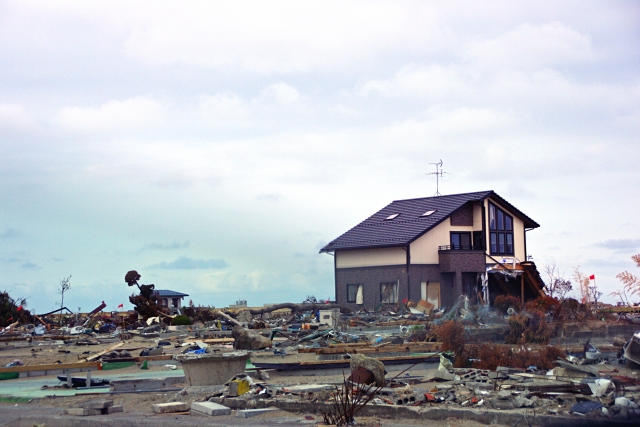Japan is one of the most earthquake-prone countries in the world.
Small tremors happen almost every day, and while most are harmless, large ones can be devastating — as seen in Kobe (1995) and Fukushima (2011).
For visitors, even a minor shake can feel frightening.
But for Japanese people, earthquakes are part of everyday life — something they’ve learned to live with, prepare for, and respond to calmly.
Understanding Japan’s Earthquake Reality
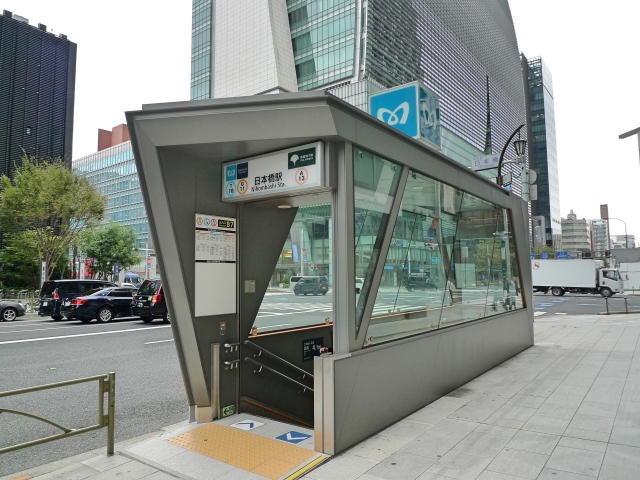
From early childhood, Japanese people are taught what to do during a quake.
Schools hold regular emergency drills, and workplaces train employees on evacuation procedures.
Japan’s strict building standards mean that most modern buildings, hotels, and subways are designed to withstand strong shaking.
That’s one reason why, despite frequent quakes, serious damage is less common than you might expect.
Still, earthquakes can strike anywhere, anytime, without warning.
Knowing what to do — even as a traveler — can make all the difference.
What to Do During an Earthquake
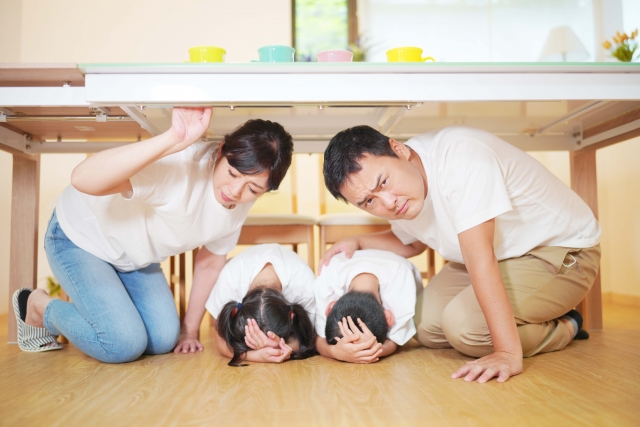
If You Are Indoors
-
Take cover under a sturdy table or desk and hold on until the shaking stops.
-
Stay away from windows, mirrors, and heavy furniture that might fall.
-
Do not run outside while the ground is moving — falling objects are more dangerous than staying put.
-
When it’s safe, turn off any flames or electrical appliances.
-
Listen for announcements or follow instructions from staff or emergency systems.
If you’re staying at a hotel, familiarize yourself with the emergency guide in your room.
Most Japanese hotels provide a flashlight (torch) — know where it is in case of a power outage.
If You Are Outdoors
-
Move away from buildings, trees, electric poles, and glass windows.
-
Protect your head and neck with your arms or bag.
-
Stay alert for falling signs or debris.
-
Once shaking stops, move to an open space or a designated evacuation area.
If you are near the coast, move to higher ground immediately.
Tsunamis often follow major earthquakes, and the waves can travel inland at incredible speed.
After the Shaking Stops
-
Expect aftershocks — smaller quakes that can follow the main one.
-
Avoid using elevators until authorities declare them safe.
-
Save clean water if possible. Filling the bathtub or containers can help in case supplies run short.
-
Stay tuned to local information via smartphone alerts, television, or hotel announcements.
If you’re unsure what’s happening, follow what locals do — calm observation and preparation are part of Japan’s collective safety mindset.
Earthquake Culture in Japan
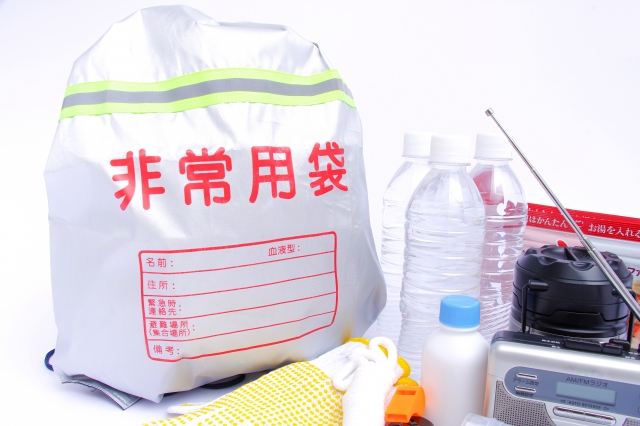
For many Japanese, earthquakes are not just a natural threat but a reminder of the importance of readiness and community.
Neighborhoods organize annual disaster drills, and every household keeps a small emergency kit with water, food, and a portable radio.
Visitors can learn from this quiet discipline — to stay calm, to prepare, and to trust in the systems built over generations of experience.
Key Takeaways for Travelers
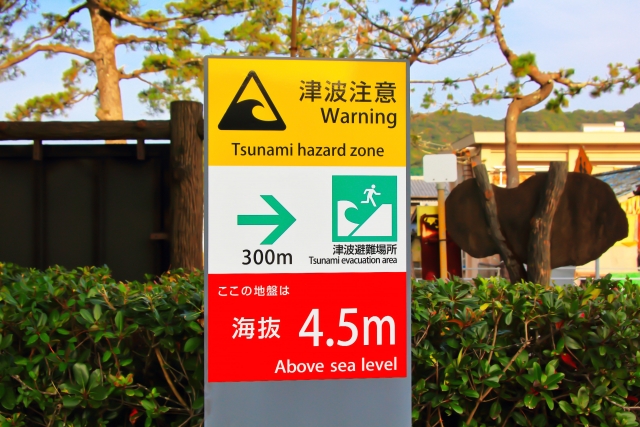
-
Earthquakes are common, but Japan is well-prepared.
-
Stay calm and protect yourself first — panic can cause more harm.
-
Always check your hotel’s safety guide and nearest evacuation route.
-
Move to higher ground if you are near the sea.
-
Keep your phone charged and follow official alerts.
Conclusion
Experiencing an earthquake in Japan can be unsettling,
but knowing what to do — and understanding how deeply preparation is woven into Japanese life — can help you stay safe.
Calmness, awareness, and respect for the environment are part of what makes Japan resilient.
And by following these same values, travelers can share in that quiet strength,
even when the ground beneath them begins to move.

